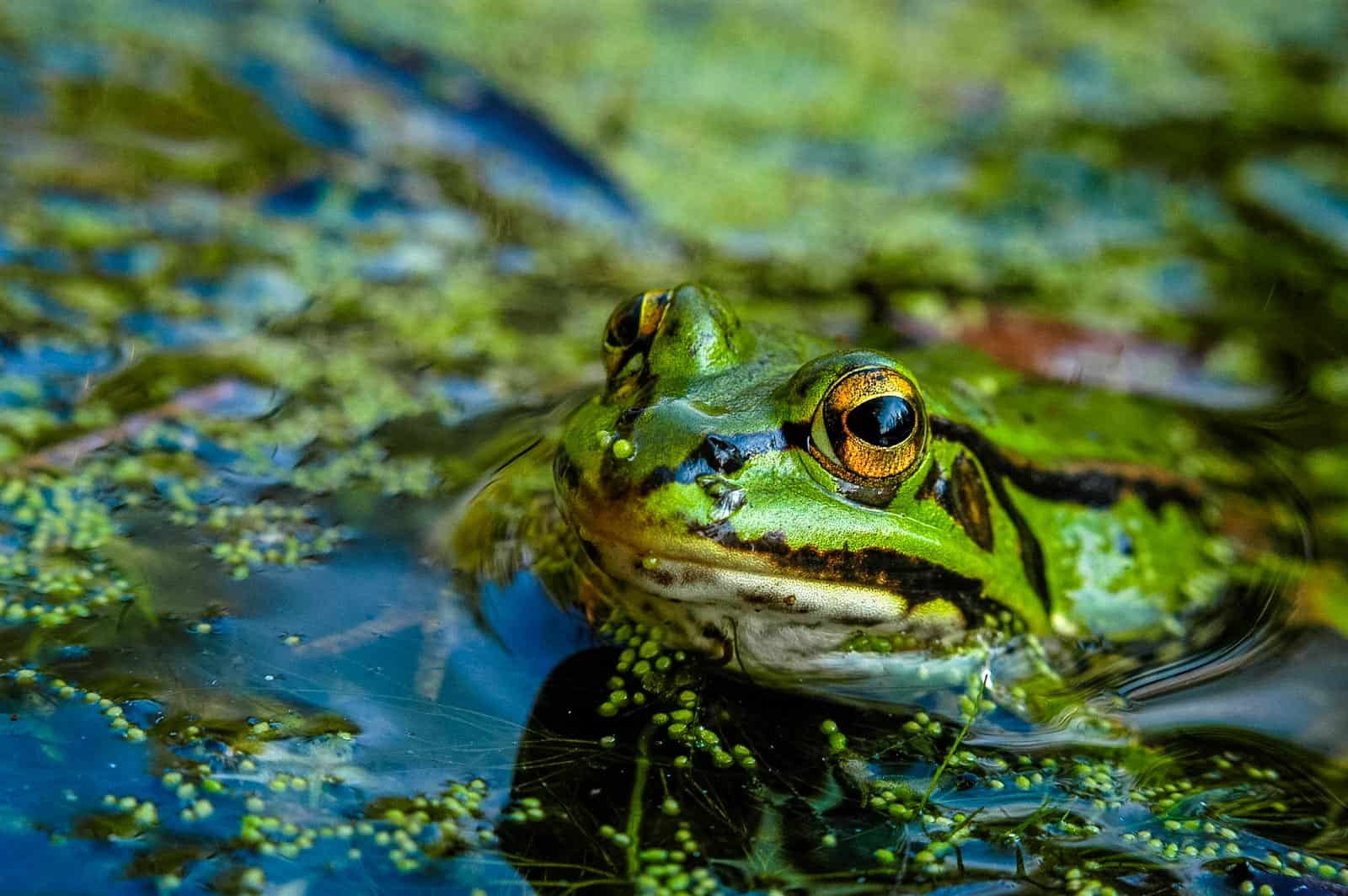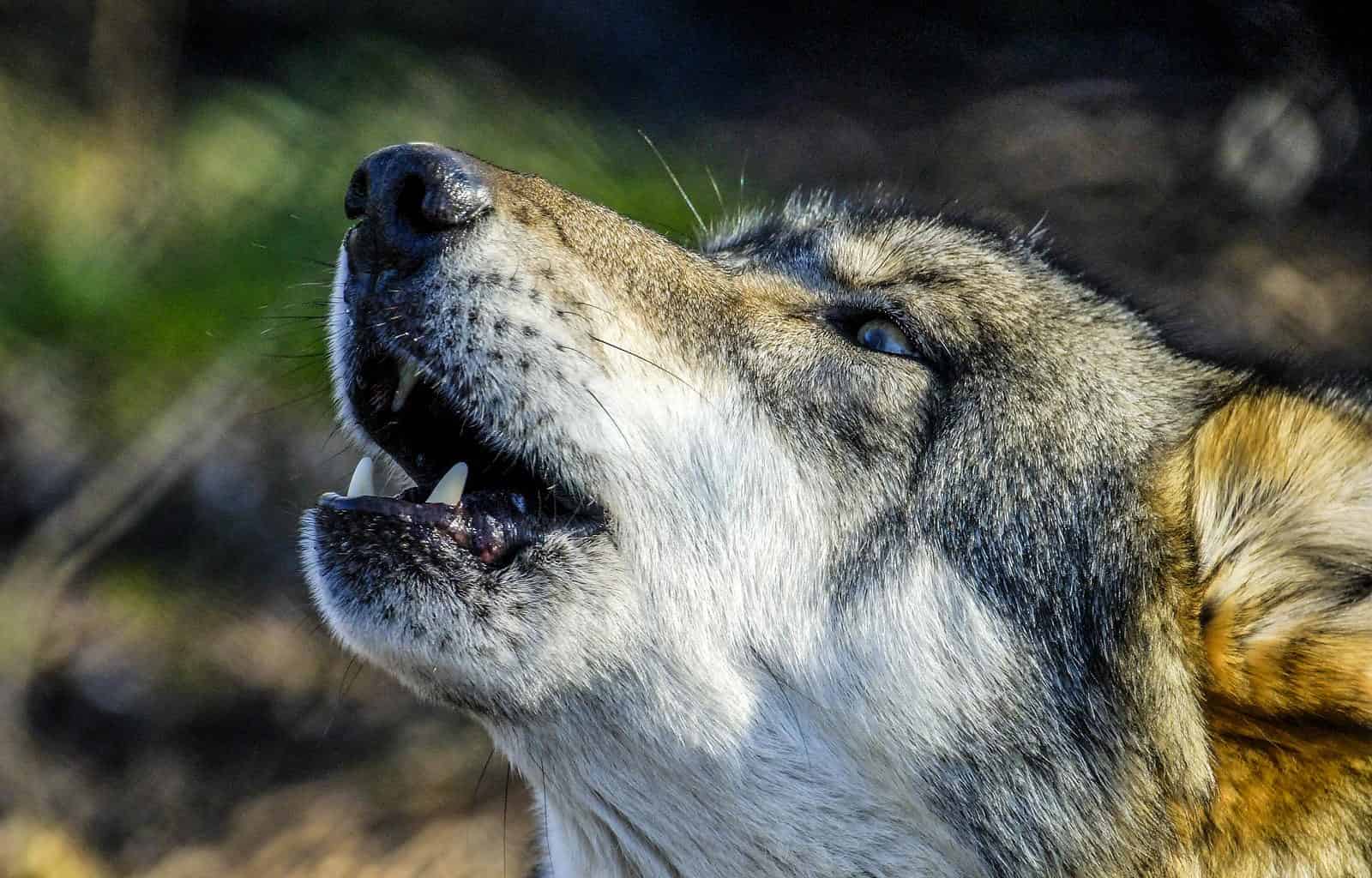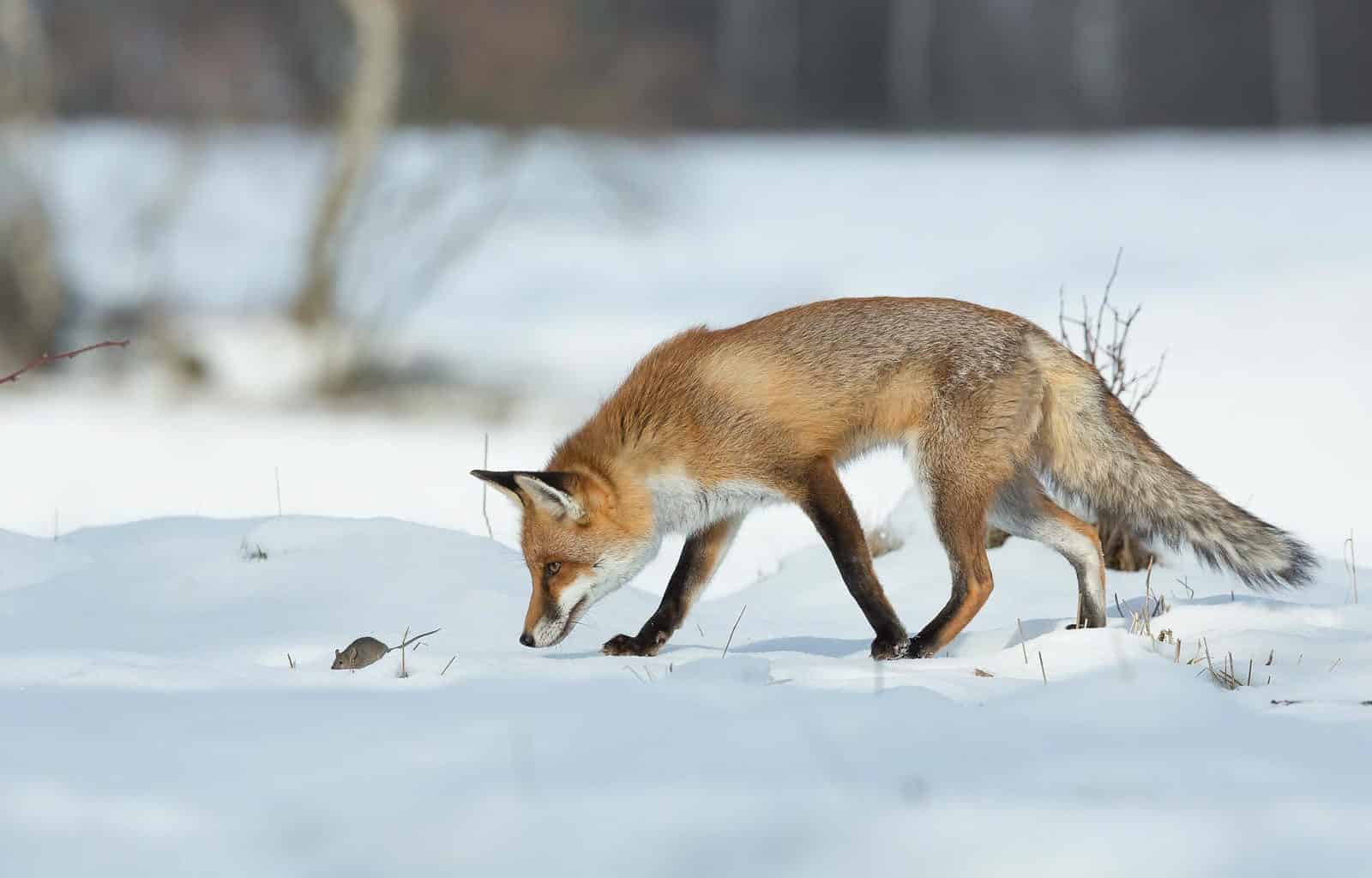Mass amphibian extinction crisis
We have all heard about how many big mammal species such as the polar bear, the black rhino or the Bornean orangutang are facing extinction. But did you know that amphibians are considered the most threatened vertebrate class on the planet?
Since the 1980s, amphibians have been suffering immense population declines and extinctions. There are multiple causes responsible for such declines: commercial use, contaminants, land use change, climate change, introduction of exotic species competing with or preying on native frogs and salamanders, etc. However, the chytrid fungus Batrachochytrium dendrobatidis, or Bd for short, is the main responsible for the biggest decline in wildlife populations caused by a pathogen in recorded history.
Amphibian fungus causing catastrophic biodiversity loss
Although sudden declines or disappearance of amphibian populations were first noticed as early as the 1970s, it wasn’t until 1998 when biologists associated these declines with Bd fungus. Scientists believe that the Bd fungus originated in Asia, and started to spread worldwide in the early 20th century with the boom of international trade. Today, Bd is present in over 60 countries across five continents, causing particularly devastating effects in Australia, Centrals and South America.
The fungus Bd is so lethal because is really after nutrients found on the amphibians’s skin. However, it also feasts on the tissue of the animals, eating away their skin and triggering fatal organ failures. In addition, the disease spreads through the water and can persist outside the host. Consequently, traditional tactics for fighting invasive species such as cats and rats are useless.
Since its discovery, the disease caused by Bd fungus, known as chytridiomycosis, has caused the extinction of 90 species and wiped out 90% of the populations of another 124 species. However, a more recent study conducted by the Australian National University found even worse results. According to the new analysis, chytridiomycosis has contributed to the decline of at least 501 amphibian species. That is 6.5% of all known amphibian species. Thus, this represents the greatest documented loss of biodiversity attributable to a pathogen, placing Bd among the most destructive invasive species.
We’ve never before had a single disease that had the power to make multiple species extinct, on multiple continents, all at the same time.

Future threats and perspectives
Interestingly, the findings found that 60 species have shown signs of recovery, suggesting that some individuals have the necessary adaptations to keep the disease at bay. However, it is still not possible to say whether amphibians are starting to develop evolutionary resistance against the fungus. For now, some research groups are breeding individuals from contaminated habitats in captivity in hopes to avoid the total extinction of a species. On the other hand, stressors such as climate change or toxicants, could exacerbate the effects of the disease.
The catastrophic lethality of a single disease affecting an entire vertebrate class highlights the threat from the spread of pathogens in a globalised world. It is evident that globalisation has created a functional Pangaea for infectious diseases in wildlife, with far-reaching impacts on biodiversity and human health. It is key, therefore, to improve biosecurity and wildlife trade regulations urgently in order to reduce the risk of pathogen spread and further pandemics.









